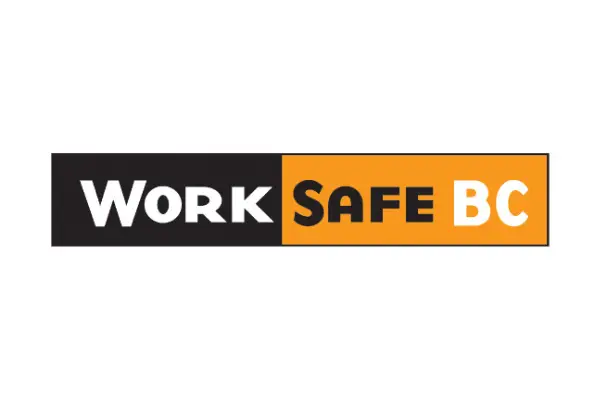By Ken Hendricks
originally published in ARA News, Q4 2018
A new technical advisory committee for the ARA’s mechanical repair division (MRD) was established to assist the development of Occupational Health and Safety Standards and Guidelines for the industry.
This is the ARA’s third project with WorkSafeBC. The previous project focused exclusively on the towing industry and resulted in the production of an Occupational Health and Safety (OHS) guidance document.
This newest project was similar in scope, but focuses exclusively on the automotive mechanical repair industry (although other types of industries may also benefit from the guidelines).
The guidelines include an industry classification overview, a section on meeting due diligence, legal rights and responsibilities, and a risk matrix for ranking hazards with industry best practices for mitigating those hazards.
Between 2013 and 2017 there was an average of 17,773 workdays lost, including 66 serious injury claims annually. Currently, the mechanical repair classification unit #764006 has an injury rate of 3.5. Complete statistics for all classification units can be found on the WorksafeBC website under employer resources.
Vehicle design has changed considerably over the last few years, which poses additional challenges for today’s automotive service technicians. Modern vehicles are equipped with many more electronic components and, in order to get more space from a smaller size, everything has become more tightly packed. The risk of a workplace incident is increased by reduced working space and awkward placement of vehicle components causing service technicians to assume awkward positions over sustained periods.
To help employers provide better workplace conditions and employees to reduce the likelihood of incidents, the ARA will be working closely with an ergonomics specialist. There are approximately 130 ergonomic-related claims annually for the mechanical repair industry. Developing comprehensive ergonomic best practices, along with visuals and other graphics to help illustrate good posture and positioning when working on, in and around, or under vehicles, will go a long way in helping to reduce injuries.
Along with these new ergonomic practices the guidance document functions as a one-stop source for OHS compliance that includes reference materials, best practices, and tools and information for employers, employees, and supervisors.
The content contained in the guidelines is summarized in easy-to-use tailgate meeting templates and includes a section on how to incorporate these into industry training.
The project was complete in spring 2019.
This new ARA OHS website features resources designed to help employers with OHS matters and includes information, web links, resources, manuals, and templates, as well as member discounts for OHS training through our preferred training providers.
The guide, “OHS Responsibilities and Industry Supported Safe Work Practices for the Automotive Mechanical Repair Industry” is available on the Industry Guidelines page.
